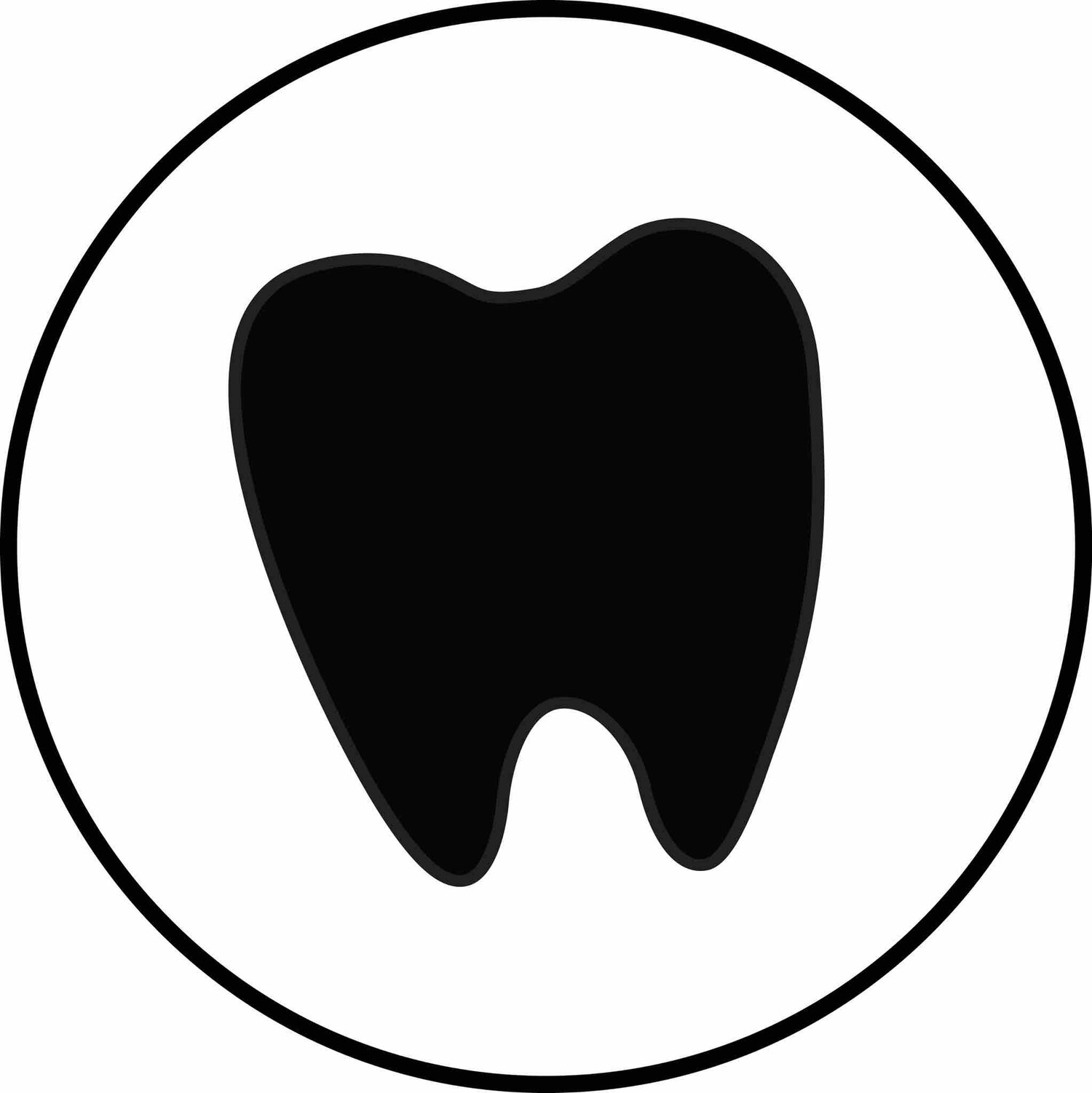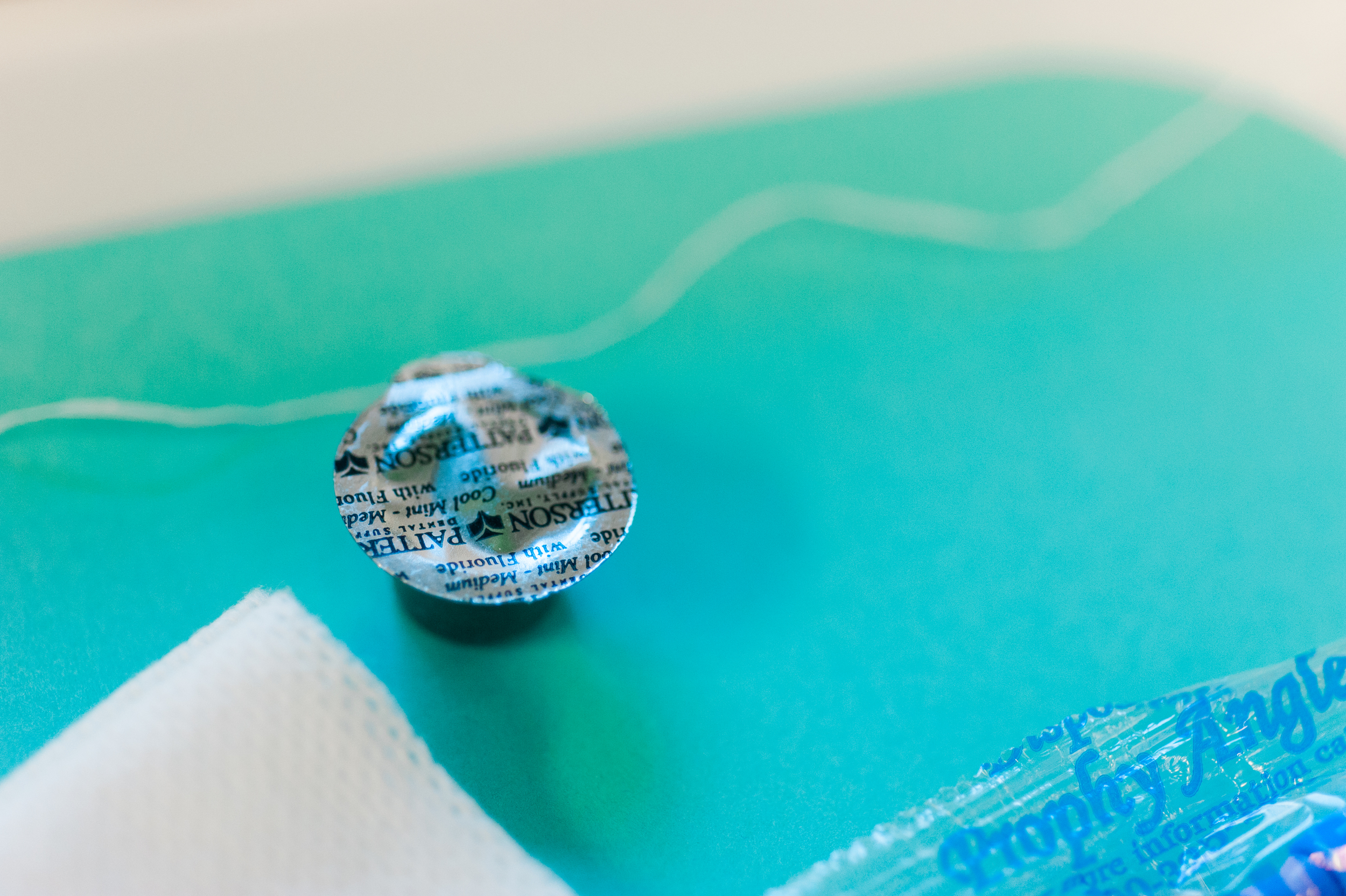Need Free CE Credits? Look No Further.
I'm not going to lie. I love CE's. I love going to classes, learning new ideas, and being inspired. Even with my love of classes, I've still found myself scrabbling for a few extra credits right before license renewal. After having my daughter, getting out of the house for a couple days or even a couple hours is tricky! We've compiled a list of websites so you will never get find yourself in that situation again!
Before taking any online course, I would recommend contacting you State Dental Licensing Board to see their regulations on how many online credits you can take for each renewal period, how many have to be in different topics, and if "live" classes held online can count toward your "live" credits for renewal. Each state is so different, so always double check. To make it even easier, sign up for CE Zoom to help track your credits and to have them double check to see if they're count!
Dental Care by Crest is regularly adding new classes to their long list. These are self study courses, so if you are an audio learner, this might not be the best option for you.
Colgate sponsors live webinars a few times a month. What I love about it is they vary times. Lots of webinars are always held at the same time (8 PM eastern) which doesn't always work for my schedule. So, having them mix it up with times, even having some during the day for hygienists outside of the US, is great! Sign up for their emails to keep updated on their class schedule.
Viva Learning offers several live classes a week, plus keeps these webinars on their website to watch later. This is one of my favorite websites for both dental and dental hygiene topics. Their classes are always 1 hour long and require a little quiz after the webinar is complete.
Hu-Friedy offers classes both on demand and live. Sign up for their emails to know when the class live classes will be held. I recently watched one on subgingivial air power polishing that was very interesting.
These self study courses cover a varitey of topics. One that caught my eye was "Successful Appointment Transitions for the New Dental Hygienist".
Though most of their CE's are paid, they will sometimes offer free classes. They also have great articles to keep up with the latest in dental hygiene.
American Eagle offers a 1 CE credit course on instrumentation and offer it regularly. Keep an eye on their website to find out when the class is held.
Good luck getting that CE, guys!
Where are you favorite places to get CE? What has been your favorite class recently?
Over Your Dental Office Music? We Can Help.
Tired of your regular old music that you listen to each day while you work? Or if you use the radio, having another dental office's ad come on while you're in the middle of a procedure? We can help! We've made a Spotify playlist for your office! We'll regularly update it with new music so you never get bored.
As an added bonus, we've made an RDH Pump Up playlist! To get you ready for a busy day. Listen to it while you're getting ready, commuting, or even as you set up your operatories before your first patient arrives.
Find us by our username, Hygieneedge, or at the link above!
Hygiene Hack: Lip Product Application
Looking for a new idea to treat your patients even a little better than you already do?
Selective Polishing or Polish Selection?
Remember learning about selective polishing when you were in hygiene school? Has selective polishing come to be just asking your patients to select what flavor of polish they would like you to use?
Remember learning about selective polishing when you were in hygiene school? Has selective polishing come to be just asking your patients to select what flavor of polish they would like you to use?
If it has, you are not alone. I took an impromptu poll of my hygienist friends asking them if they find themselves coronal polishing every tooth on every patient. The most frequent answer was “yes” with few stipulations like “not gold crowns” or “only along the margins of crowns”. So, while there were stipulations I don’t think they would qualify as the “selective” your instructor and text books taught you.
While working as a Dental Assistant the words “prophy” and “polish” was synonymous. You can imagine my surprise when I learned the truth! Maybe our patients will feel the same when they learn that same truth. Polishing is only and aesthetic treatment meant only to remove the extrinsic staining on the teeth. Polishing does not qualify as a therapeutic service, meaning that it doesn’t help treat disease or sustain health.
Selective polishing indicates that we as dental professionals are evaluating the present stain and choosing appropriate polish grit to remove the stain efficiently without injuring the tooth structure. This requires us to be educated on what abrasive particles and other additives are found in the polish is available to us.
Next time we reaching for the coarse paste, knowing that it will take anything off (including tooth structure,) we can use the time that saved us to read the manufacturer's instructions that come with our prophy paste.
Not all patients are in need of this aesthetic service but all seem to expect it. I choose not to polish the same day that I debride (SRP) as to not irritate the tissue (polish past gingivitis is a thing!) and I cannot count how many times my patients express distress at the thought of not getting polished. I have found that when I preface the scaling and root debridement with EDUCATION the distress is greatly reduced. It also gives them an incentive to come back for their re-eval when their tissue have healed to be polished. What kinds of things can you do in your practice to educate your patients?
Trish Jones RDH, BSDH shared some valuable information in her article, Selective Polishing: An Approach to Comprehensive Polishing. “As the dental health-care provider, it is important to let the patient know the thought process behind selective polishing prior to performing the procedure. This in turn enhances the patient’s experience, adding value to the procedure. This is called pre-framing, a term used in the psychology of behavioral science. In this case, pre-framing involves explaining the procedure to the patient before and after it is completed to ensure they have a complete understanding. For example, when the patient is in the chair, the hygienist can let the patient know the purpose of abrasive type pastes and cleansing pastes. These include why the paste is splatter-free, why it rinses very quickly and minimizes the gritty feel (flash rinsing), and how the product can remove stain so a beautiful smile can be maintained. Patient concerns can also be addressed at this time.”
She went on to give great examples of how to approach that conversation:
“In order to preserve the investment in your smile, we are going to use a specialized paste that not only removes stain, but also polishes the teeth to a lustrous shine.”
“Research has now shown us . . .”
“Because I know white teeth are important to you . . .”
“I know you love the feeling of smooth teeth and fresh breath . . .”
“So we can reduce the gritty feeling when I am done . . .”
“Because you told me your teeth are sensitive, I have a special technique . . .”
“Because I noticed this about your smile, I am implementing a procedure and have chosen a product just for you that will ...”
As we educate our patients they feel that we care about them. So next time, think twice before offering that delicious grape flavored coarse paste to the lady with light stain and recession. Instead, explain the benefits of that mild mint desensitizing polish that will help with her hypersensitivity. She and her teeth will be grateful.
Common Errors on the PSA Injection
Taking local anesthesia boards soon? Having trouble getting your patients numb? This video can help with both!
Double Gracey Anterior Instrument
This Double Gracey Anterior is a game changer for hand instrumentation in the anteriors. Check out our latest video to learn how to use it. Also, win your own by sharing this video from our Facebook page.
"Does Flossing Really Work?"
As I’m sure you’ve read, seen, and been told about, news stations all over the county reporting that flossing is no longer needed, per the Dietary Guidelines for Americans by the U.S. departments of Health and Human Services and Agriculture.
As I’m sure you’ve read, seen, and been told about, news stations all over the county reporting that flossing is no longer needed, per the Dietary Guidelines for Americans by the U.S. departments of Health and Human Services and Agriculture. We’ve seen it and our patients have seen it. Tonight on a walk around my neighborhood, 2 people stopped me and asked if the reports were true. If people are asking on the streets, it is guaranteed that you’ll be asked several times a day for the next month or so by patients in your operatory chair.
So, how should you answer patients when they ask, “Does flossing really work?”
First, explain that the Cochrane review used for the research in the new guidelines reviewed only 12 short term trials. These trials only lasted 1-3 months, where periodontal disease can more than 3 months to manifest. Some of these studies did show a decrease in bleeding gums or gingivitis, but not a decrease in caries. Again, caries can take more than 3 months to manifest intraorally. Unfortunately, long term studies take money and not many people are willing to pay for a study to span several years.
Second, explain that from your personal experience with patients, you do see regular flossing and brushing improve oral health. It can help break up biofilms, which are live microorganisms, that can harm both your gums and your overall health.
Third, show your patient the proper way to floss in a mirror with the show, tell, do method right when they ask the question, even if it is before you begin anything. When a patient actually sees biofilm removed interproximally, it can be a big learning tool to the important of interproximal cleaning. I personally like using blue Cocoa Floss or black POH Floss since the color of the floss highlights the biofilm removal. Or, if your patient shouldn’t even be using floss due to large embrasure spaces, educate them on something else that will help with the biofilm break up. Softpicks by Gum have new curved handles, making it easier for patients to use in posterior teeth.
Finally, show the patient how much you care about their overall and oral health by explaining flossing instead of lecturing. Patients are looking for any excuse not to floss, and this news is the perfect out for them. Keep this is mind with your explanation, and hope that it will all be forgotten in a few weeks and they will be back to their regular oral hygiene routine.
How are you fielding the questions about flossing from recent news articles?
How to Read Two Periodontal Probes
Need help with understanding a periodontal probe? Sometimes everyone needs a little refresher on how a probe works and what the lines mean. Shelley goes over how to read the UNC perio probe and the Marquis perio probe with these two helpful videos.






